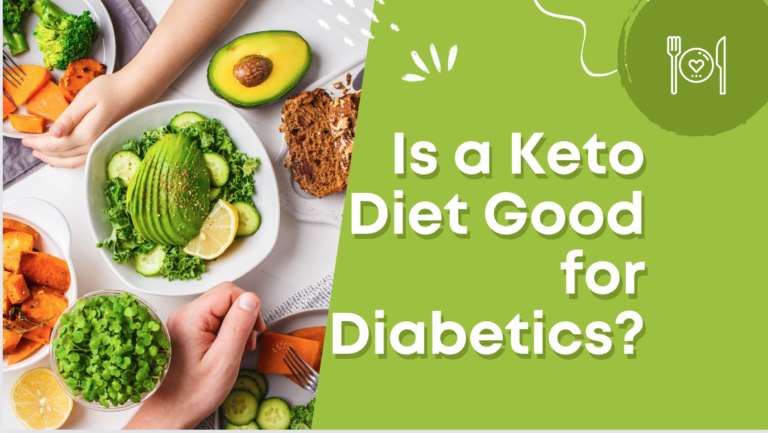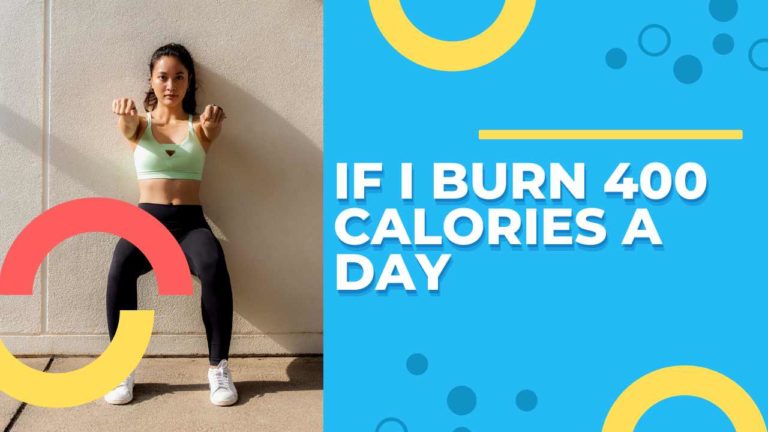Is Cycling Good for Weight Loss? Find out Now
Cycling has emerged as a highly sought-after outdoor activity and an incredibly convenient mode of transport in recent times. It has garnered considerable attention for its potential role in shedding excess pounds, making it an appealing choice for many individuals.
This article explores the question, Is cycling good for weight loss? by exploring how cycling can contribute to effective weight management and highlighting crucial factors that should be considered when integrating cycling into a weight loss routine.
Whether you are an experienced cyclist or a newcomer searching for an enjoyable and successful approach to losing those extra pounds, this article will offer valuable insights into the advantages of cycling as a strategy for achieving your desired weight.
How Cycling Burns Calories
Cycling burns calories through a combination of factors. First, the physical act of pedalling and propelling the bike forward requires energy from the calories stored in your body. Additionally, cycling engages various muscle groups, including the legs, core, and even the upper body, when you’re balancing and steering.

This increased muscle activity elevates your metabolic rate, causing your body to burn more calories both during and after the ride as it works to repair and replenish energy stores. The intensity and duration of your ride and your body weight determine the overall calorie burn. Thus, cycling effectively creates a calorie deficit, a key factor in weight loss when combined with a balanced diet.
The Benefits of Cycling for Weight Loss
Cycling offers several benefits for weight loss, and I’ll explain each of these benefits under separate headings:
Calorie Burn:
Cycling is an excellent aerobic exercise that helps burn calories effectively. The number of calories burned depends on factors such as your weight, speed, and ride duration. On average, a 155-pound person can burn approximately 260-590 calories per hour while cycling moderately.
Increased Metabolism:
Regular cycling can boost your metabolism, both during and after your ride. This elevated metabolic rate means your body continues to burn calories even when you’re at rest, aiding in weight loss over time.
Muscle Toning:
Cycling engages multiple muscle groups, including your legs, core, and even your upper body if you stand or use the handlebars for stability. This helps tone and strengthen your muscles, giving your body a leaner appearance as you lose weight.
Low Impact Exercise:
Unlike high-impact activities like running, cycling is a low-impact exercise that is gentler on your joints. This makes it an ideal option for individuals with joint issues or those who need a low-impact workout while losing weight.
Consistency and Enjoyment:
Many people find cycling to be an enjoyable and sustainable form of exercise. This enjoyment can lead to greater consistency in your fitness routine, making it more likely that you’ll stick with it over the long term and achieve your weight loss goals.
Cardiovascular Health:
Cycling is an excellent way to improve cardiovascular health. It increases your heart rate, strengthens your heart, and improves blood circulation, which not only aids in weight loss but also reduces the risk of heart-related conditions.
Enhanced Fat Burning:
Cycling in the “fat-burning zone” (typically at a moderate, steady pace) can encourage your body to use stored fat as a primary source of energy. This can be especially effective for weight loss when combined with a healthy diet.
The impact of cycling on metabolism
Cycling can have a significant impact on metabolism, both during and after your rides. Here’s how it affects metabolism:
During Exercise:
When you’re cycling, your muscles require energy to pedal, and this energy comes from the calories stored in your body. This increased physical activity elevates your metabolic rate temporarily as your body burns calories to provide fuel for your muscles. The harder and longer you cycle, the more calories you burn during your workout, contributing to an immediate boost in metabolism.
After Exercise (EPOC):
Cycling, especially at higher intensities, can lead to a phenomenon known as Excess Post-Exercise Oxygen Consumption (EPOC) or the “afterburn effect.” After a vigorous cycling session, your body continues to consume oxygen at an elevated rate even when you’re at rest. This increased oxygen consumption requires energy and results in additional calorie burning post-workout. The duration and intensity of your ride can influence the extent of the EPOC effect, which can contribute to a sustained boost in metabolism for hours or even days after your ride.
Muscle Building:
Cycling also engages various muscle groups, particularly the quadriceps, hamstrings, calves, and core muscles. As you cycle regularly, your body adapts by building and strengthening these muscles. Muscle tissue is metabolically active, meaning it burns more calories at rest compared to fat tissue. As you gain lean muscle mass through cycling, your resting metabolic rate (the calories your body burns at rest) can increase, helping you burn more calories even when you’re not exercising.
Long-Term Effects:
Consistent cycling as part of a regular exercise routine can lead to long-term metabolic adaptations. Over time, your body becomes more efficient at utilizing calories for energy, and your metabolic rate may become more stable. This can contribute to weight management and potentially weight loss when combined with a balanced diet.
Tips for effective weight loss through cycling
Achieving effective weight loss through cycling requires a combination of regular exercise, proper nutrition, and lifestyle adjustments. Here are some tips to help you use cycling as an effective tool for weight loss:
- Consistency is Key: Make cycling a regular habit to burn calories consistently.
- Varied Rides: Combine long, steady rides with high-intensity intervals to maximize calorie burn.
- Balanced Diet: Pair cycling with a healthy, calorie-controlled diet for sustainable weight loss.
- Stay Hydrated: Drink water before, during, and after rides to support metabolism and curb overeating.
- Strength Training: Incorporate off-bike strength training to build lean muscle mass and boost metabolism.
- Adequate Rest: Ensure enough sleep and recovery days to prevent burnout and aid in weight loss.
- Track Progress: Monitor your rides, calorie intake, and weight to stay on target.
Final Thoughts
In conclusion, cycling can be an effective and enjoyable form of exercise for weight loss. It helps to burn calories, increase muscle tone, and improve cardiovascular fitness. By incorporating regular cycling into your routine, you can create a calorie deficit that leads to weight loss over time. Additionally, cycling is a low-impact exercise that is gentle on the joints and suitable for people of all fitness levels. So why not hop on a bike and start pedalling your way to a healthier weight? Give cycling a try and see its positive impact on your overall health and well-being.
FAQs
Q: How often should I cycle to see weight loss results?
A: Aim for at least 3-5 days of cycling per week to see weight loss results, lasting 30 minutes or more each session.
Q: How long does it typically take to start seeing weight loss from cycling?
A: The time it takes to see weight loss results varies for each individual. However, many people start noticing changes within a few weeks of consistent cycling.
Q: Can I use a stationary bike indoors for weight loss?
A: Absolutely! Indoor cycling on a stationary bike can be just as effective for losing weight as outdoor biking. It provides a controlled environment and allows you to track vital metrics easily.







